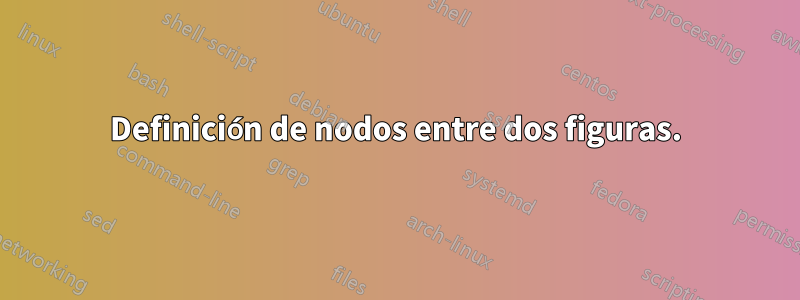
Quiero una flecha entre las dos figuras, sé que puedo hacerlo usando Tikz, pero ¿cómo puedo definir las coordenadas de los puntos medios entre las figuras?
\documentclass{beamer}
\usepackage{tikz}
\begin{document}
\begin{frame}{Advantages Vs. a Word processor}
\underline{How dose it look like?} \\ \vspace{1em}
\begin{columns}[T,onlytextwidth]
\begin{column}{.4\textwidth}
{\tikz\node[coordinate](start1){};}
\includegraphics[scale=0.17]{Lat001.png}
\end{column}
\documentclass{beamer}
\begin{column}{.4\textwidth}
{\tikz\node[coordinate](end1){};}
\includegraphics[width=15cm,
height=5cm,
keepaspectratio]{Lat002.png}
\end{column}
\end{columns}
% \begin{tikzpicture}[overlay, remember picture, -latex, color=blue!15!red,
% yshift=1ex, shorten >=1pt, shorten <=1pt, line width=0.1cm]
% \path[->] (start1) edge [out=150, in=240] (end1);
%\end{tikzpicture}
\end{frame}
\end{document}
Respuesta1
Por supuesto, depende de lo que quieras poner en esta diapositiva, pero yo no usaría un columnsentorno para las imágenes. En cambio, pondría ambas imágenes dentro de un único tizpictureentorno. De esta manera es fácil dibujar una flecha entre ellos:
\begin{tikzpicture}
\node (start1) at (0,0) {\includegraphics[scale=0.17]{example-image-a}};
\node (end1) at (10,0) {
\includegraphics[width=15cm, height=5cm,
keepaspectratio=0.17]{example-image-b}
};
\draw[thick, ->](start1.east)--(end1.west);
\end{tikzpicture}
Si realmente necesita colocar las imágenes dentro de un columnsentorno, puede usarTikZmark:
\begin{columns}[T,onlytextwidth]
\begin{column}{.4\textwidth}
\tikzmarknode{start2}{
\includegraphics[scale=0.17]{example-image-a}
}
\end{column}
\begin{column}{.4\textwidth}
\tikzmarknode{end2}{
\includegraphics[width=15cm, height=5cm,
keepaspectratio=0.17]{example-image-b}
}
\tikz[remember picture,overlay]{
\draw[thick, ->](start2.east)--(end2.west);
}
\end{column}
\end{columns}
Estos dos enfoques conducen a lo siguiente:
Por supuesto, necesitarás ajustar la ubicación y el tamaño de la imagen utilizando tus imágenes reales. Aquí he utilizado imágenes de ejemplo delmwepaquete. Aquí está el código completo:
\documentclass{beamer}
\usepackage{tikz}
\usepackage{mwe}
\usetikzlibrary{tikzmark}
\begin{document}
\begin{frame}{Advantages Vs. a Word processor}
\underline{How does it look like?} \\ \vspace{1em}
\begin{tikzpicture}
\node (start1) at (0,0) {
\includegraphics[scale=0.17]{example-image-a}
};
\node (end1) at (10,0) {
\includegraphics[width=15cm, height=5cm,
keepaspectratio=0.17]{example-image-b}
};
\draw[thick, ->](start1.east)--(end1.west);
\end{tikzpicture}
\end{frame}
\begin{frame}[fragile]{Advantages Vs. a Word processor}
\underline{How does it look like?} \\ \vspace{1em}
\begin{columns}[T,onlytextwidth]
\begin{column}{.4\textwidth}
\tikzmarknode{start2}{
\includegraphics[scale=0.17]{example-image-a}
}
\end{column}
\begin{column}{.4\textwidth}
\tikzmarknode{end2}{
\includegraphics[width=15cm, height=5cm,
keepaspectratio=0.17]{example-image-b}
}
\tikz[remember picture,overlay]{
\draw[thick, ->](start2.east)--(end2.west);
}
\end{column}
\end{columns}
\end{frame}
\end{document}



